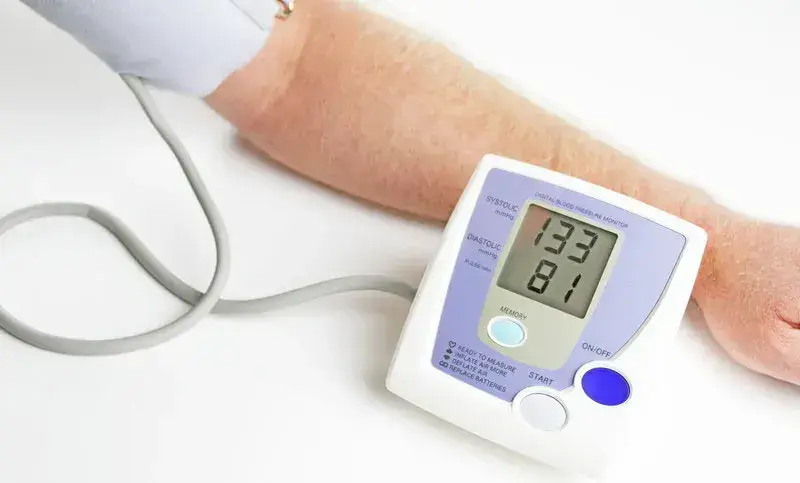Ambulatory blood pressure monitoring (ABPM) refers to measuring blood pressure in 24-hour cycles, using a non-invasive device. It is considered as the best method for confirming a diagnosis of hypertension. These 24-hour measurements are stored in the device and are interpreted by the physician. Patients for whom ABPM demonstrates a blood pressure of >135/85 may be at increased cardiovascular risk, and physicians may recommend antihypertensive therapy. Medical billing services for cardiology specialty includes submitting claims for this blood pressure screening. According to the latest report in Modern Healthcare, with requests from the American Heart Association (AHA) and the American Medical Association (AMA), the CMS is now considering expanding its Medicare coverage for ABPM devices.
CMS had determined in 2001 that ABPM will be covered only for those patients with suspected white coat hypertension (WCH). CMS defines this suspected WCH as office blood pressure >140/90 mm Hg on at least three separate clinic/office visits with two separate measurements made at each visit, at least two documented blood pressure measurements taken outside the office which are <140/90 mm Hg and no evidence of end-organ damage. In general, Medicare doesn’t cover blood pressure monitors for use at home.
AMA and AHA associations have authored a joint letter urging the agency to cover ABPM for a broader range of indications and thus improving patient access to ABPM devices. Now these associations want more patients to have access to the devices, even if they may not show signs of high blood pressure during an office visit. Their joint letters points out that this change would align Medicare coverage policy with the 2016 recommendation of the U.S. Preventive Services Task Force (USPSTF). The USPSTF recommends annual screening for adults aged 40 years or older and for those who are at increased risk for high blood pressure. Modern Healthcare article highlights that based on federal data, up to 55% of the Medicare population have hypertension, including nearly 40% of disabled Medicare beneficiaries.
According to AHA, average inpatient and outpatient costs for BP screening can be as much as $5,400 annually. Reports find that white coat hypertension represents 15% to 25% of patients with elevated blood pressure. ABPM was last considered by the CMS in April 1981 and was followed by a technology assessment by the Office of Health Research, Statistics, and Technology in May 1982. However, this submission requested coverage only for selected patients – those with mild to moderate hypertension and some indication of cardiovascular disease. Later, Medicare expanded its coverage in recent months to include ambulatory blood pressure monitoring (ABPM) and medical nutrition therapy (MNT) for patients with diabetes or renal disease.
Based on requests from AHA and AMA, the CMS is now soliciting public comments through November 8, 2018 on this new National Coverage Determination (NCD). It is expected that a proposed decision will be issued on this matter by next April and a final decision by July 2019. Medical coding companies should also stay current with such updates on ABPM coverage.
Check out the CPT, HCPCS and ICD-10 codes related to ABPM in our next blog.



0 Comments